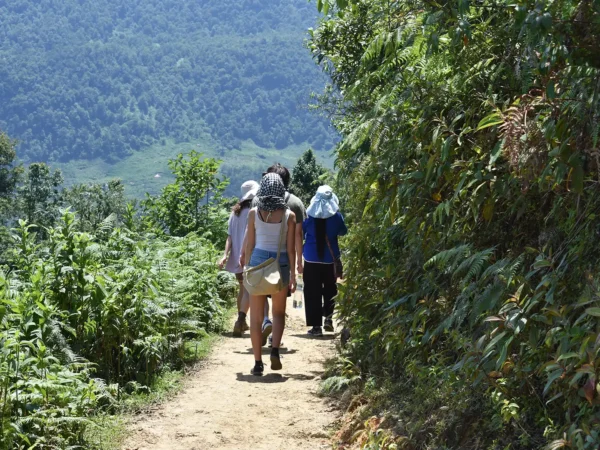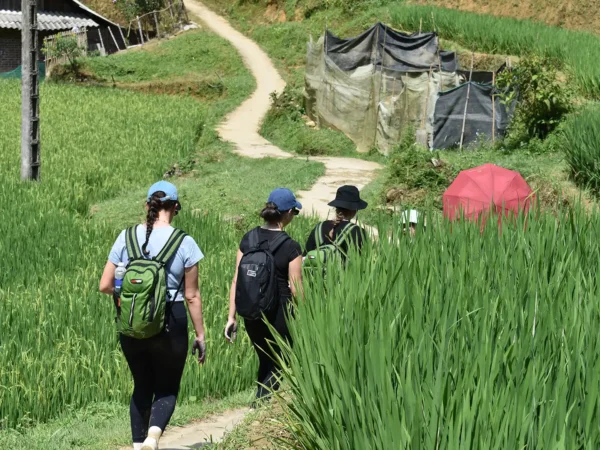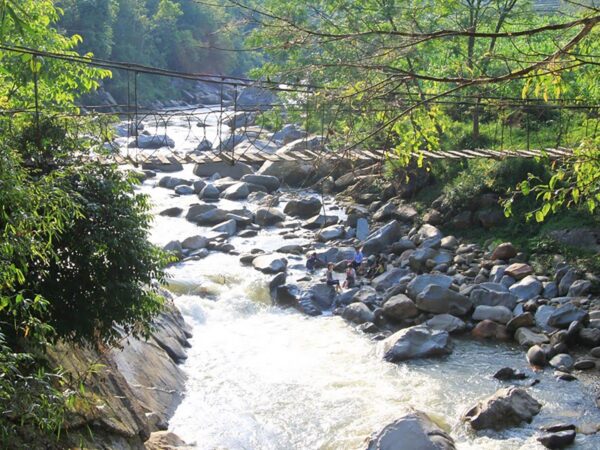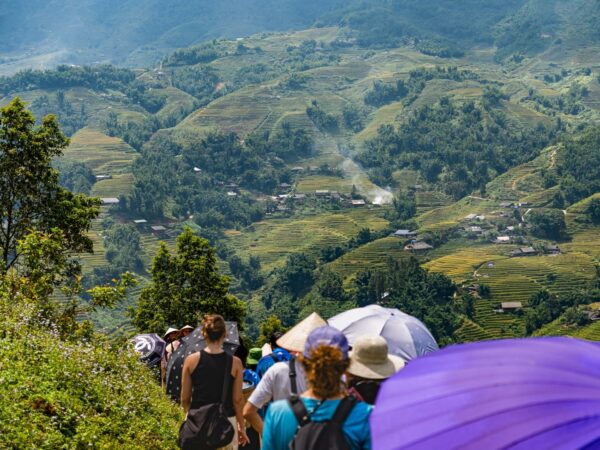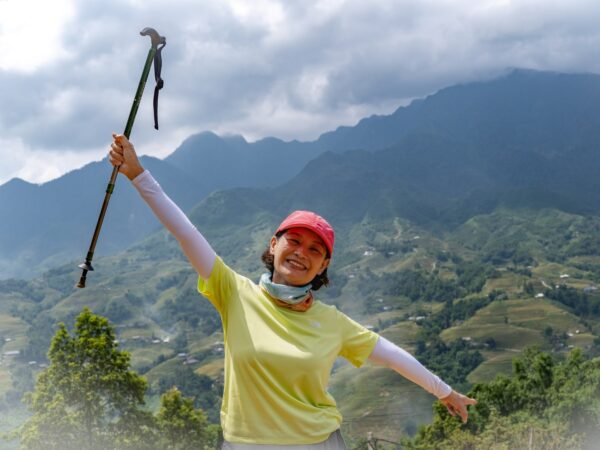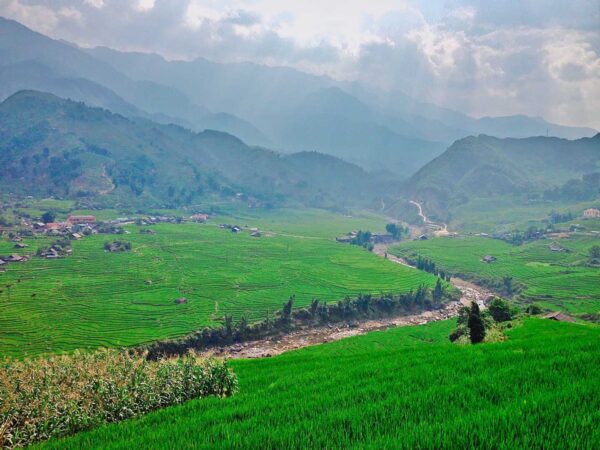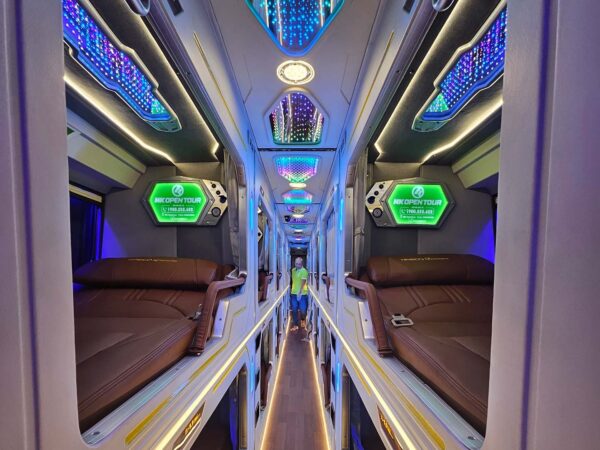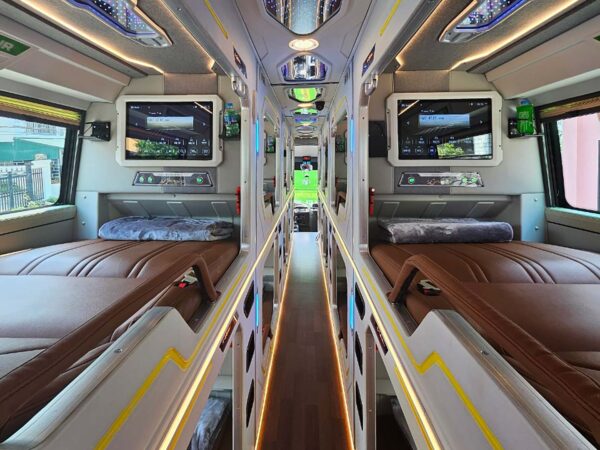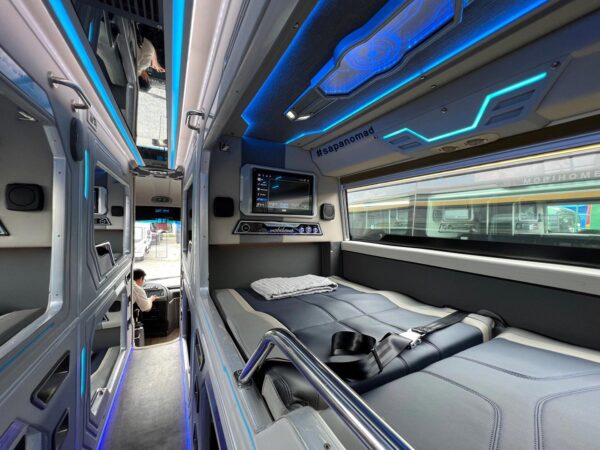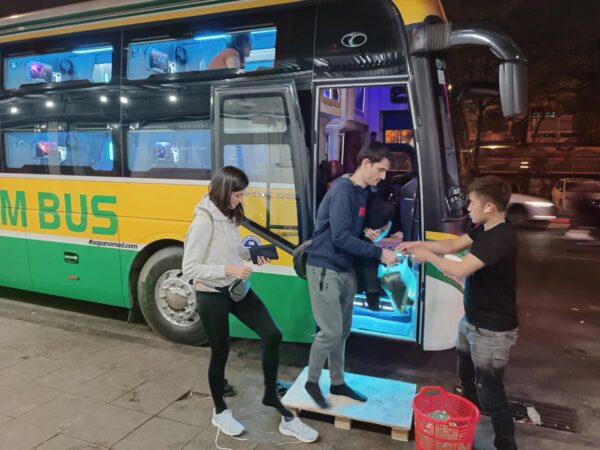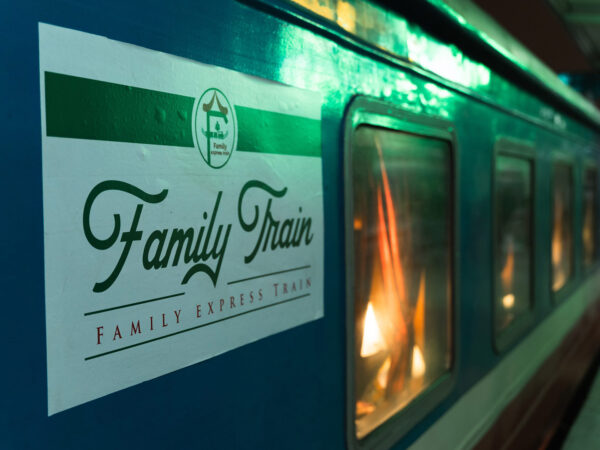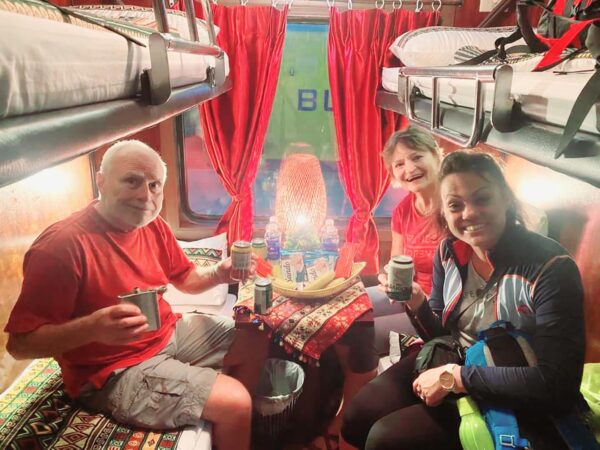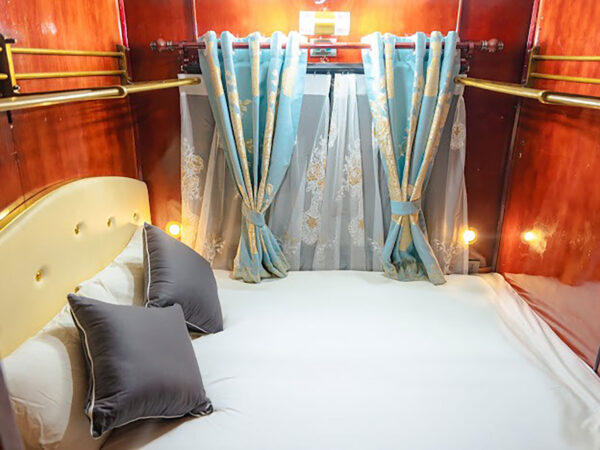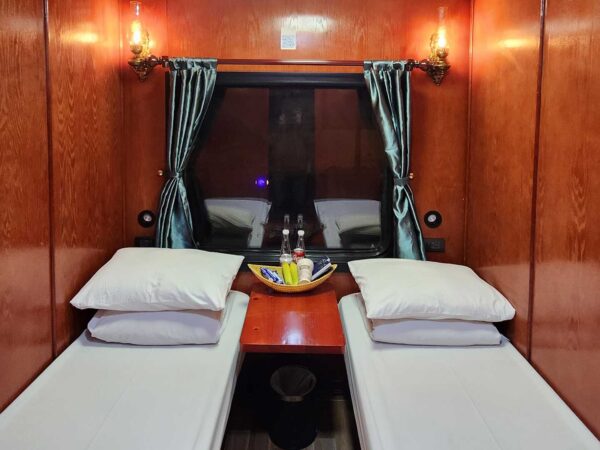Is Trekking in Sapa Difficult? A Beginner’s Guide
If you’re an avid hiker or nature enthusiast, trekking in Sapa has probably captured your attention. Nestled in the misty mountains of northern Vietnam, Sapa has become synonymous with epic landscapes and cultural immersion. However, before you lace up your hiking boots, you may wonder: is trekking in Sapa difficult? In this article, we will delve into the unique challenges that await explorers in Sapa and equip you with the knowledge you need to prepare for an exhilarating and unforgettable trekking experience.
Is Trekking in Sapa Difficult?
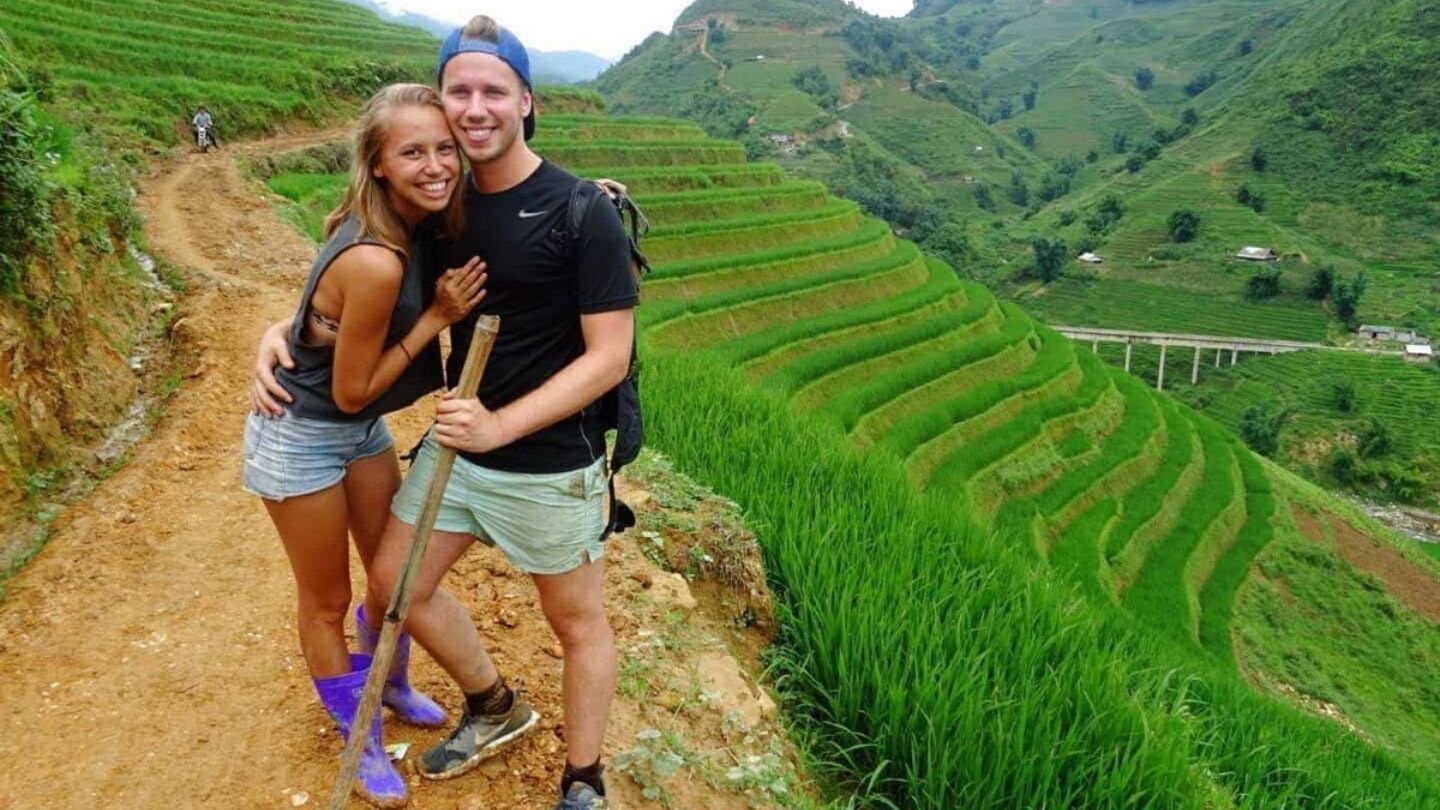
Is trekking in Sapa difficult? Yes, trekking in Sapa can be challenging due to steep hills and varying terrain. Besides, the trekking routes in Sapa require good health and endurance, as you will be walking up and down hills for approximately 12-15 km per day, spending around 5-6 hours on foot. Although the climbing is not too difficult and the roads are generally decent, they are not paved.
Occasionally, after heavy rain, some sections may become a bit smoother. However, individuals with reasonable or good health can undertake this trek. When arranging a private trek in Sapa, you can inform your guide about your capabilities, allowing them to determine the most suitable route for you. You can choose to do a day trek or multiple days, depending on your ability.”
What to expect when trekking in Sapa
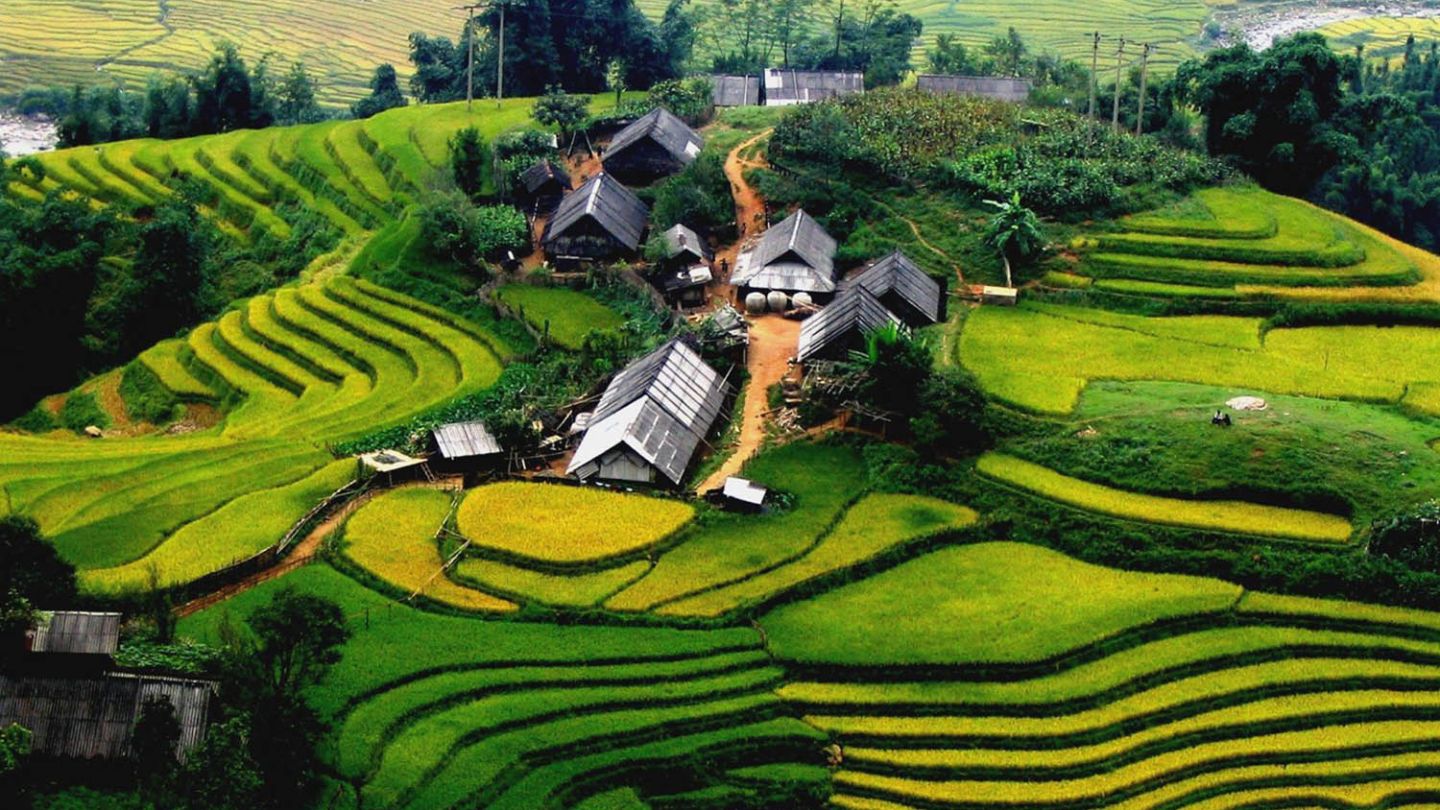
You may anticipate being surrounded by spectacular natural beauty while trekking in Sapa, Vietnam. The area is home to gorgeous mountains, lush valleys, and terraced rice paddies. Along the route, you’ll come across several ethnic minority groups that will give you an insight into their distinct customs and local cultures. Be ready for unforeseen changes in the weather because it might be unpredictable.
You can expect some difficult terrain on the trails, such as muddy roads and steep ascents. But every step is worthwhile because of the satisfying vistas and interactions with the local inhabitants. Remember to bring your camera to capture the captivating scenery and keep a look out for the indigenous flora and fauna.
Best Time To Go Trekking in Sapa
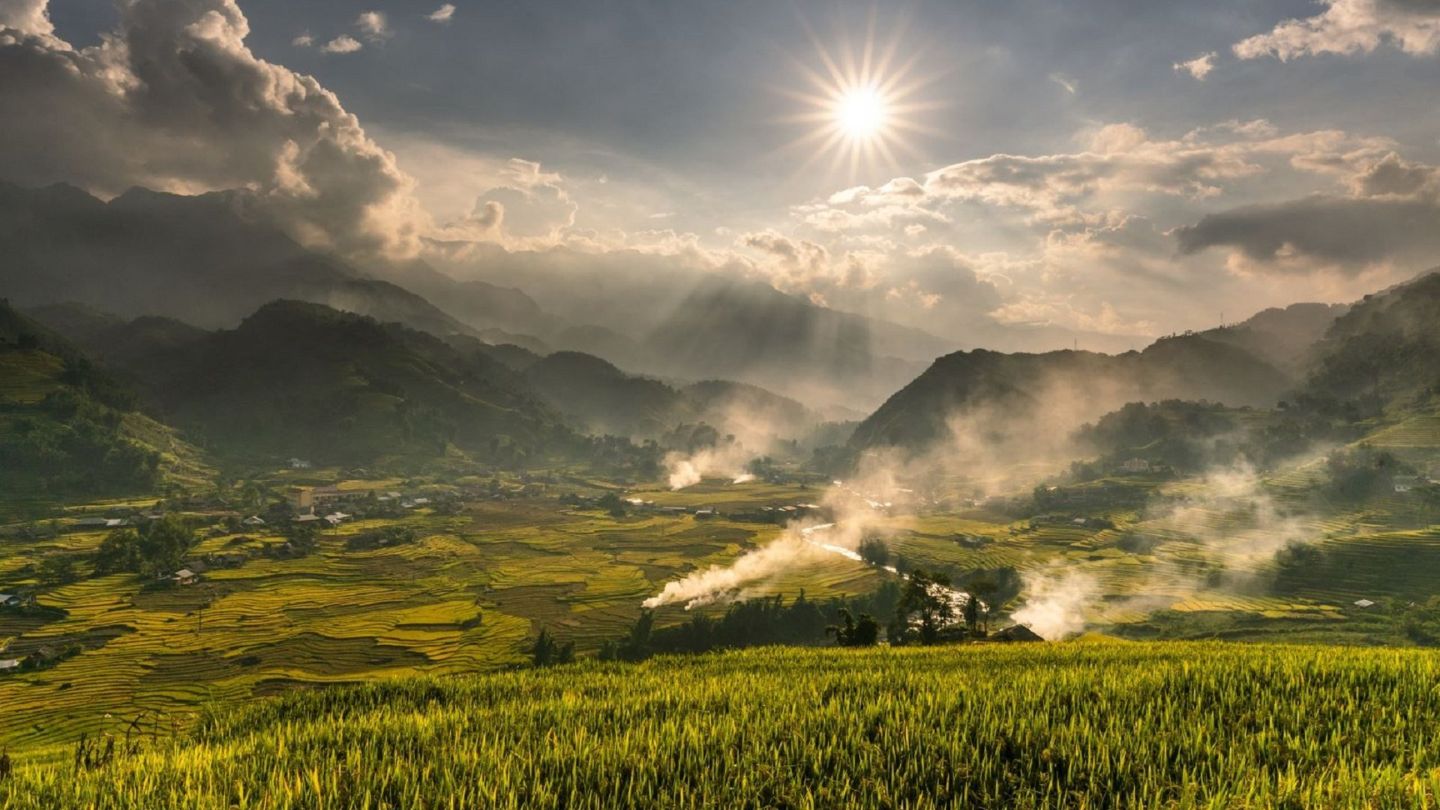
Is trekking in Sapa difficult? Your trekking journey will be easier and more interesting if you choose the best time to visit. The ideal time to go trekking in Sapa, Vietnam is from December to June, which falls during the dry season. Specifically, the months of March to May offer the best weather conditions for trekking, as the climate is pleasant and perfect for exploring the local villages on foot. From June to August, Sapa experiences the rainy season, but by September, the rainfall lessens, making it a great time to embark on a trekking adventure that extends until the end of November.
However, it is important to note that from December to February, Sapa enters its winter season, characterized by colder temperatures. The temperature can drop as low as 0 ºC during this period. Hence, trekkers should be prepared for the chilly conditions if planning a visit during the winter months.
Different trekking options in Sapa
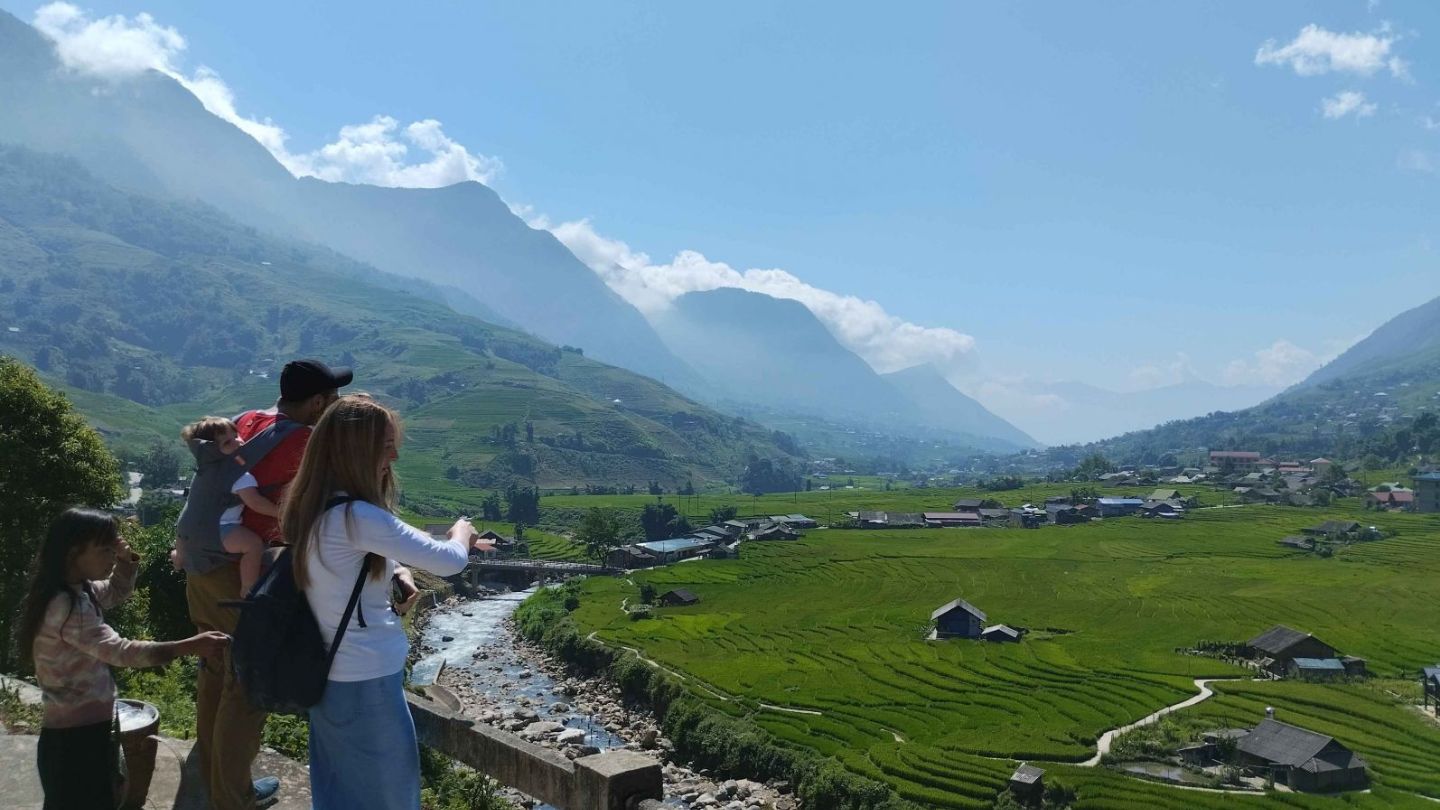
One-day trekking or multiple-day trekking
In Sapa, trekking excursions might last anywhere from one to three days. It’s vital to remember that four-day programs typically don’t include actual trekking and instead involve transportation from Hanoi to Sapa on the first day. To prevent confusion, it is imperative that you thoroughly go over the itinerary.
The two-day, one-night journey is strongly suggested for the greatest experience. The second day of trekking is often regarded as the best because there are fewer visitors and the scenery is more breathtaking. You will have the chance to visit isolated communities, explore verdant woods, and stroll through picturesque rice fields all along the route. You will end the day with a genuine homestay, which considerably improves the whole experience.
If you are a true hiking enthusiast, the three-day trekking option is ideal. Although the landscape may not vary significantly, you will have the chance to explore further, allowing for encounters with even fewer tourists. The longer duration is perfect for those who truly enjoy walking and are eager to delve deeper into the natural beauty of Sapa.
Private or group trekking
The most popular trekking tours are often done in groups, ideal for budget travelers. For a more secluded experience or if traveling solo, a private tour is recommended. So, Is trekking in Sapa difficult with private tours? These tours offer knowledgeable local guides and affordable homestays, making them a preferred option and making your trekking tour easier.
Easy, moderate, or difficult trekking
Local Vietnam’s Sapa trekking tours offer three levels of difficulty: easy, moderate, and hard. The difficulty level is determined by the number of kilometers walked each day. Roads are similar throughout, but some routes may involve more uphill and downhill sections. These categories help travelers choose the trek that suits their fitness level and preferences for terrain.
You can refer to our trekking tours here with excellent services and affordable prices, you can easily choose the best service for yourself!
Fansipan trekking tour
Some people choose to do the popular Fansipan trekking tour in a single day, however, it is not advised because of the long days and nonstop walking. So, is trekking in Sapa difficult with this Fansipan tour? The answer is yes, but sleeping in a tent or mountain cabin throughout the two-day, one-night hike is a more pleasant and comfortable choice. Three-day hikes provide a variety of routes. It’s critical to have a safety handbook with you at all times.
Recommended Gear For Trekking In Sapa
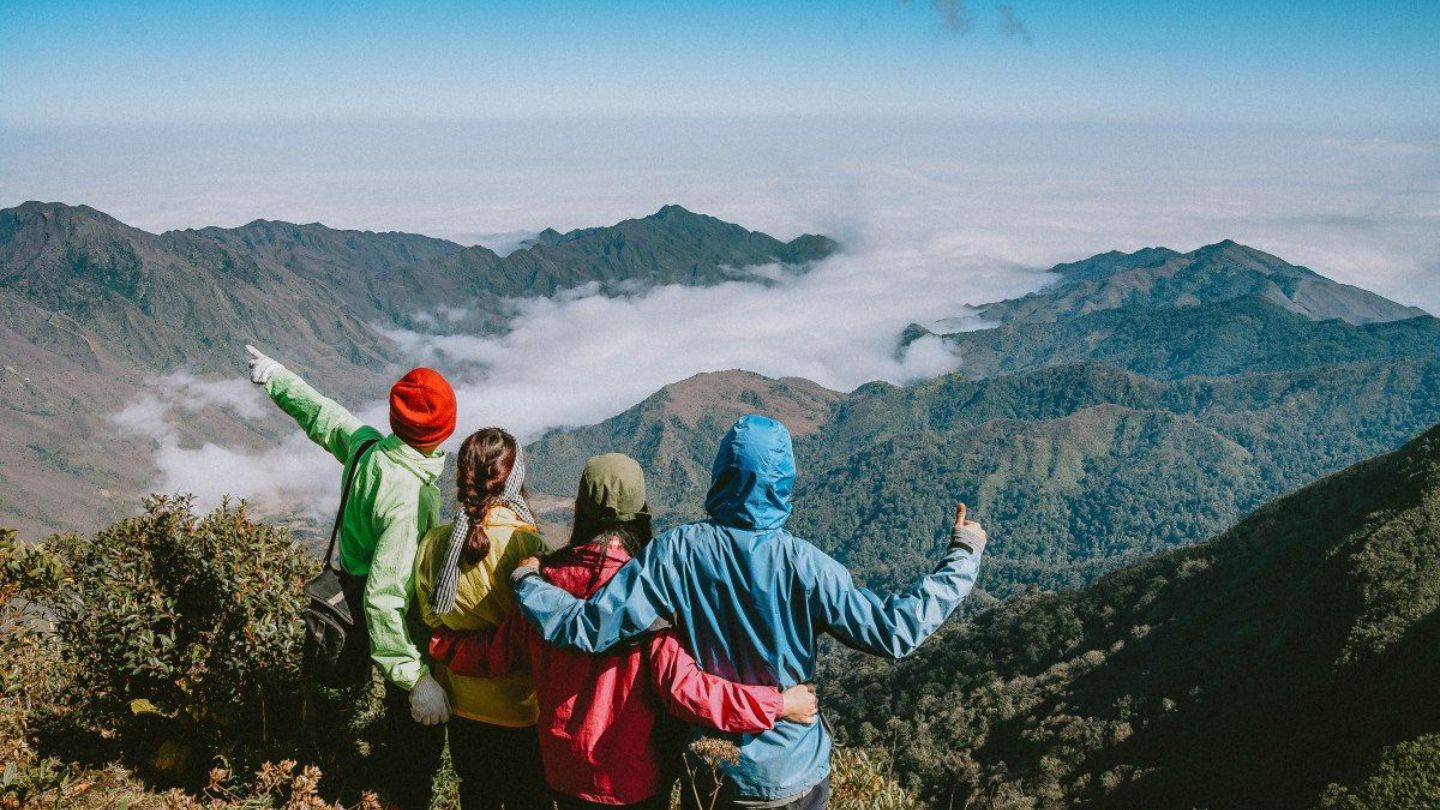
In fact, you will make your trekking tour easier if you fully prepare for your journey!
- Proper clothing: Pack clothing that is breathable, light, and allows for maximum mobility. During your trekking, use materials that will wick away moisture to stay dry and comfortable. Because Sapa’s weather can change suddenly, layering is also crucial. Bring a variety of long-sleeved shirts, sweaters, and lightweight jackets.
- Waterproof jackets: Given Sapa’s typically unpredictable weather, it is imperative to pack a waterproof jacket. Pick a jacket that will keep you dry and protected from showers while allowing perspiration to escape. Seek for a model that has cuffs and an adjustable hood to keep those raindrops from sneaking in.
- High-quality hiking boots: The right pair of hiking boots is crucial for trekking in Sapa’s rugged terrain. Invest in boots that provide excellent ankle support and have a sturdy sole with good traction. So, is trekking in Sapa difficult? It is not difficult if you make sure your hiking boots are properly broken in before hitting the trails to avoid painful blisters and discomfort. Always go for boots that are waterproof to keep your feet dry during rainy hikes.
Tips For Having a Great Trek in Sapa, Vietnam
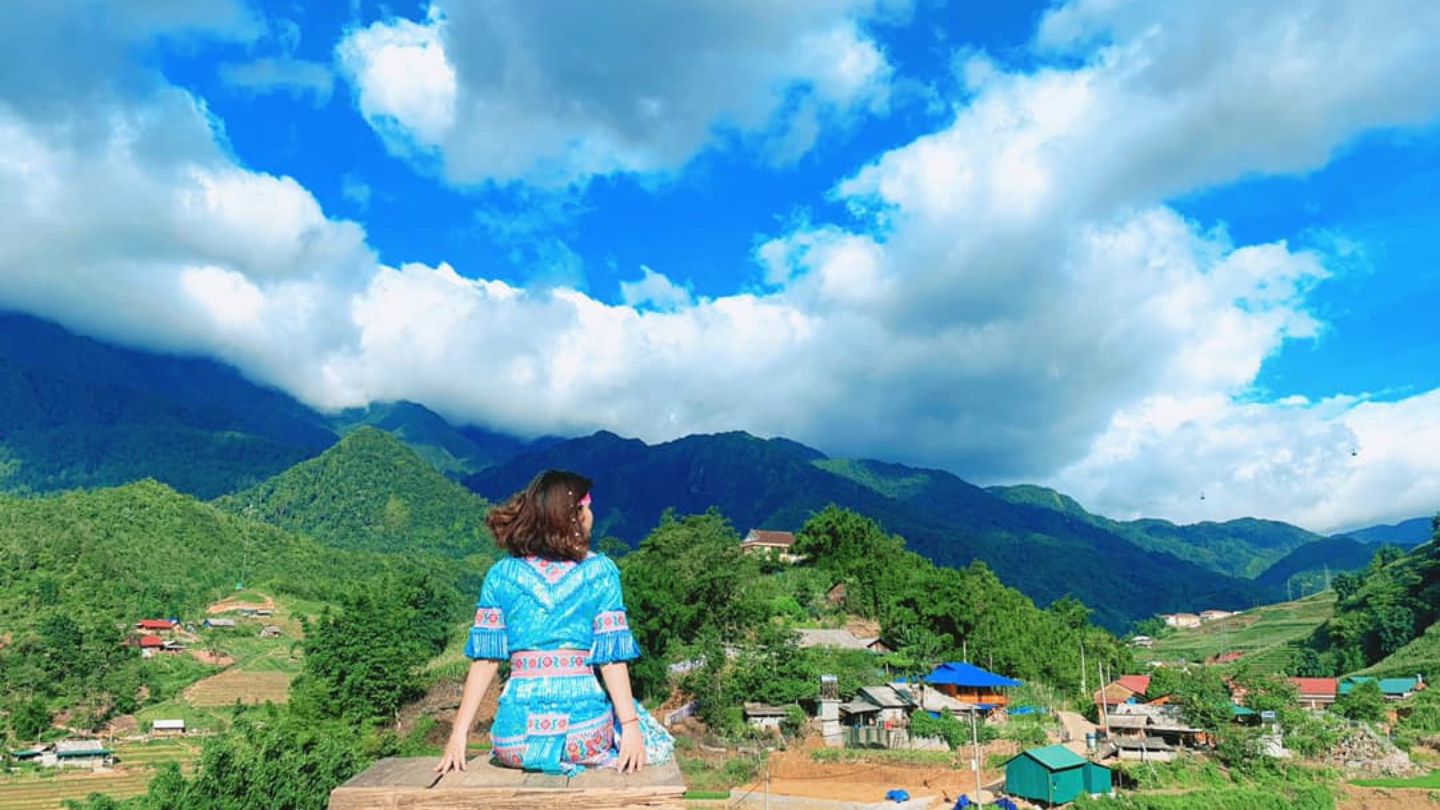
Money and necessary documents
Always carry some cash and your ID while trekking in Sapa. Having your documents handy is important for purchases and emergencies, ensuring a smooth and enjoyable experience as you explore the beautiful surroundings.
Sapa tourist map
A good tourist map is essential for navigating the trails. Whether you choose a printed version or a digital one on your phone, a map helps you find attractions and discover hidden gems throughout your trek.
Travel backpack
Choose a comfortable travel backpack to hold your essentials, like water, snacks, and extra clothing. A well-fitted backpack makes carrying your gear easier, allowing you to enjoy your trek without being weighed down.
Some medicines
Pack basic medicines to handle any minor health issues that may arise during your trek. Bring pain relievers, band-aids, and any personal prescriptions to stay comfortable and ready for adventure without worries.
Electronic device
Don’t forget your electronic device, like a smartphone or camera, to capture stunning photos of Sapa’s landscape and culture. Ensure your device is charged and ready, so you can document your memorable journey!
Other Essential Things
Trekkers and hikers love exploring the beautiful trails, especially around Fansipan Mountain. Many enjoy day hikes, where they pack light with a daypack, wearing comfortable trainers or hiking shoes instead of flip flops. Nutrition is important, so they bring along meals like com lam and snacks like nuts to fuel their adventure. A sleeping bag is handy for overnight treks!
How To Get To Sapa?
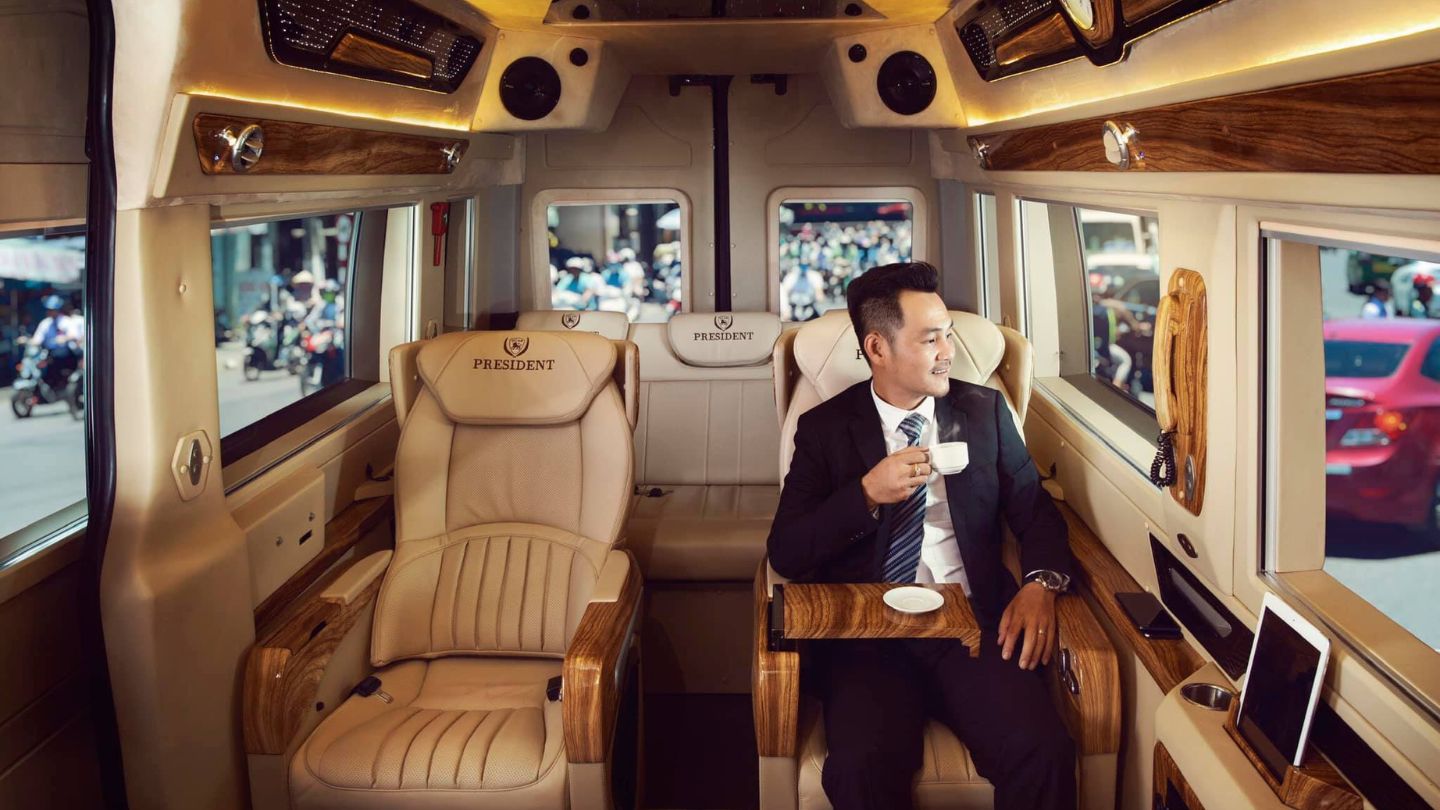
To get to Sapa, there are several options available. You can take a bus from Hanoi to Sapa, which will bring you to Sapa early in the morning. Another choice is a limousine bus, offering comfort during the 5-hour journey, with arrival around noon.
A train Hanoi to Sapa is also an option, with the station in Lao Cai province, 30 minutes from Sapa. Standard trains have 4 or 6-bed cabins with soft or hard seats, taking about 6.5 hours. Most trains depart in the evening, arriving in the early morning. From Lao Cai, you can take a bus, or taxi, or arrange a car to reach Sapa.
Conclusion
Is trekking in Sapa difficult? Trekking in Sapa might be a relatively difficult journey, but the stunning views and cultural immersion make it completely rewarding. While the steep terrain and unexpected weather may present some challenges, the experience of touring the lovely rice fields and meeting the friendly inhabitants is extremely rewarding. So, if you’re looking for a little adventure, don’t let the prospect of hiking in Sapa put you off – it’s an experience you won’t want to miss!
FAQs
Is Sapa trek hard?
You get to decide how your trek goes! With a private guide from Sapa Sisters, you can make your adventure as chill or thrilling as you like. Go on a trek made just for you and explore the beautiful Sapa at a pace that feels right for you.
How long does it take to trek in Sapa?
Typically, a trek in Sapa lasts about two days, but you can also choose to trek for three or four days if you have the time. Many travelers in Vietnam are on a budget or have limited time, which is why the two-day treks are the most popular!
Can you trek by yourself in Sapa?
Sapa trekking is a favorite spot for adventure lovers, offering stunning views of terraced rice fields and traditional villages. While many people choose guided tours, experienced hikers might enjoy exploring the area on their own. Trekking solo lets you discover Sapa’s beauty at your own pace.


